Even One More Oil and Gas Lease Sale in the Gulf of Mexico Is Too Many
An expansion of offshore drilling would lock the region into decades of fossil fuel extraction at the expense of the climate, coastal communities, and marine life.
Justin Solet grew up on the bayou in Terrebonne Parish, southwest of New Orleans. A citizen of the United Houma Nation, Solet comes from a long line of shrimpers and commercial fishers. His father tells him stories of a time, more than 50 years ago, when it was their industry that ran things. “It was commercial fishermen who had the big cars and the big houses and the money, before oil and gas had their way with the land and waters,” Solet says. “It was commercial fishermen who put our parish on the map.”
When oil and gas production began booming in the area in the 1970s, promises of financial security lured many away from fishing, including several of Solet’s relatives. “They gave the commercial fishermen a story about how their lives could be easier,” he says. “They can make more money. They're guaranteed a paycheck.”
After years of working on his father’s boat as a boy, at 17, Solet got his first fossil fuel job, helping to build offshore oil and gas platforms out of a shipyard. It didn’t take long for the reality of the work to set in.
Over the next decade, as he worked both onshore and offshore, Solet witnessed a pattern among his employers of blatant disregard for worker and environmental safety. On more than one occasion, Solet says he was encouraged to take money-saving shortcuts that compromised his team’s safety. (He refused.) And after reportable incidents and injuries, he’d received conveniently timed pink slips. By the time of the BP oil disaster in 2010—a period in which Solet was out of work following a car accident—any trust he’d had in the industry had evaporated. He never went back.
Nearly 14 years later, Solet has become an environmental advocate for the Gulf, having worked as an organizer for the nonprofit Healthy Gulf, and using his knowledge and experience with the oil and gas industry and close community ties to build a different kind of future. Ending the expansion of offshore drilling in the Gulf of Mexico—and by extension, ending any new federal oil and gas leases there—is a top priority.
Fuel to the climate crisis fire
“There’s already so much oil production in the pipeline through existing leasing that no reasonable person who believes in the climate crisis can defend new leasing in the Gulf,” says Brad Sewell, the senior director of NRDC’s Oceans division. “Stopping the bleeding is paramount.”
By all accounts, the United States is hemorrhaging oil. In fact, since 2018, the country has been the top oil producer in the world. More than 12 million acres of U.S. federal waters in the Gulf are already under lease to oil and gas companies. This includes more than 500 leases currently producing oil and more than 1,700 leases that are sitting unused. In 2022, offshore drilling in the Gulf accounted for about 14.5 percent of all U.S. crude oil production and allowed the United States to export more of it than ever before: 3.6 million barrels per day.
Despite this enormous output, the Biden administration is now handing even more of the Gulf over to Big Oil.
The latest offshore leasing plan from the Bureau of Ocean Management (BOEM) proposes holding up to three large oil and gas lease sales in the central and western Gulf over the next five years. (A moratorium on drilling in the eastern Gulf remains in effect.) While three such sales may be on the low side, historically speaking—Trump’s plan, by comparison, proposed 47—they would still undermine the administration’s goal of cutting carbon pollution in half by 2030. After all, the Intergovernmental Panel on Climate Change warns that any new fossil fuel development is incompatible with limiting global warming to 1.5 degrees Celsius to avoid triggering climate tipping points.
Further, due to compromises made in the passing of the Inflation Reduction Act, BOEM cannot issue offshore wind leases unless the agency has held at least one offshore oil and gas lease sale in the preceding year. But, depending on the offshore wind leasing schedule, holding all three drilling leases may not even be necessary, and Sewell adds, “BOEM also has full discretion to cancel lease sales and not hold them.”
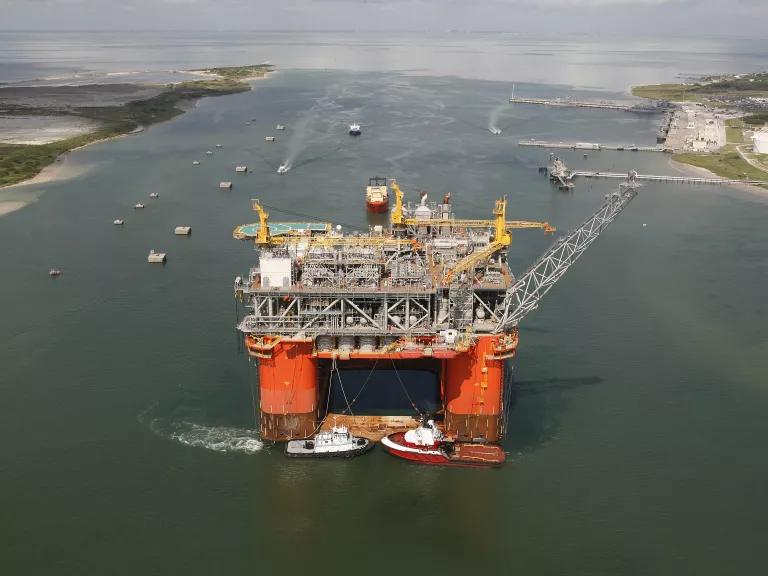
An offshore platform on its way to a drilling location in the Gulf of Mexico after being built in a shipyard in Ingleside, Texas
Marc Morrison/Cavan Images via Getty Images
The tired myth of energy security
The oil and gas industry and its allies in government argue that additional offshore leasing in the Gulf is necessary for America’s energy security and economic health. The story doesn’t hold up.
First, oil from new leases could take a decade to hit the market, or 16 years in the case of deepwater areas, so these proposed sales wouldn’t do a thing to ease present-day gas prices.
Second, according to projections from the energy analytics firm OnLocation, even with no new leasing, U.S. oil production would remain robust through 2050, and the amount we export to other countries would continue to increase. How? Because clean energy development, bolstered by investments in the Inflation Reduction Act, is expected to meet more of our domestic energy needs. BOEM’s failure to fully account for the projected clean energy growth in its offshore leasing plan is, in part, why three lease sales from the last five-year leasing period are currently being challenged in court by NRDC and our partners.
A nail in the coffin for marine life
More offshore drilling in the Gulf would also be calamitous for its marine life and the coastal communities that depend on it. Every additional lease increases the risk of a spill, both smaller ones that happen regularly and catastrophic events like the Deepwater Horizon blowout, a disaster that killed nearly a million seabirds, 5,000 marine mammals, and as many as 166,000 juvenile sea turtles. And for the Gulf’s most gravely endangered species—including the endemic Gulf of Mexico whale (also called Rice’s whale), of which a mere 50 or so remain—another big spill could very well be their last. Deepwater Horizon alone caused the whale’s population to plummet by about 20 percent.
“The Gulf of Mexico whale is a poster child for the damage that the oil and gas industry has wrecked in the Gulf and the industry’s complete indifference to the health of the marine environment,” says Michael Jasny, the director of NRDC’s Marine Mammal Protection Project. “In a way, it parallels their disregard for the health of people on the coast too.”
The industry’s destruction does not begin and end with an oil spill, however. Before drilling can even start, oil and gas companies conduct disruptive seismic testing to map out the location of underground oil reserves. The process involves seismic airguns that release intense bursts of compressed air into the water, producing around-the-clock underwater noise pollution for weeks, sometimes months, on end. We may not notice it above the water, but the din disrupts the ability of many marine mammals, especially whales, to communicate, navigate, hunt, mate, and protect their young. Collisions with fast-moving vessels, many servicing the oil and gas industry, are also a leading cause of marine mammal deaths. The Gulf of Mexico whale, which spends much of its time close to the water surface, is particularly vulnerable.
A still-failing safety record
Despite the catastrophic consequences of the BP disaster, the oil and gas industry publicly denies safety concerns and fights regulations that could reduce accidents. Shamefully, the industry is not much safer than it was before the Deepwater Horizon explosion, which killed 11 workers and was the direct result of safety equipment failing to prevent the blowout.
At his testimony in front of Congress earlier this year, Solet recalled how oil industry representatives would deny the treacherous conditions he and his fellow workers would face every day. “Apparently, they'd never set foot on a platform on the service side of the industry,” Solet says. “Those dangers are apparent every which way. Safety goes out the window when it impedes production.”
The Biden administration recently reinstated most of the original Well Control Rule that was enacted in the aftermath of BP but later gutted by Trump. These safeguards, however, still don’t go far enough. For example, oil companies can continue to use a blowout preventer even while the device is under investigation for having issues. They also aren’t required to use the full range of safety equipment at their disposal that could prevent a blowout.
As the industry looks for oil further and further offshore and in deeper waters, and as hurricanes in the region increase in frequency and intensity, its drilling operations have become more and more risky. A recent analysis from the National Academy of Sciences concludes that, although some technical and regulatory progress has been made since 2010, there is little evidence that the industry is working to improve its overall safety culture. So far this year, more than 100 incidents, from platform fires to oil spills that soiled designated wildlife refuges, have been reported to the U.S. National Oceanic and Atmospheric Association, some of which resulted in thousands of gallons further polluting the Gulf.
When—not if—the next major spill occurs, the health of workers, cleanup crews, and coastal communities will again be compromised. “Every single person I know that either went fishing for the oil [to assist the cleanup], or waited until it was over and went back to fishing, now has health issues,” Solet says of the BP disaster, which spewed oil into the Gulf for 87 days. “The health problems within the fishing community are astronomical.”
Creating a different future for the Gulf
Loosening the death grip that the oil and gas industry has on the Gulf is not only necessary but possible. And there’s no better group equipped to do it than oil and gas workers themselves, says Solet. The region needs their expertise to safely plug the thousands of abandoned (and leaking) offshore wells. “They’re the ones who built the oil and gas infrastructure—who better to take it out than them?” he says.
These workers could also be vital in ushering in the Gulf’s next big industry—a sustainable one that can safely coincide with its fisheries: wind energy production. To build out this burgeoning industry in the Gulf, offshore wind companies will need mechanics, engineers, captains, deckhands, truck drivers, and everyone in between. “We have an army of oil field hands who don’t have a job right now and are itching to go back to work,” Solet says, and he believes all of them can transition their skills and knowledge into the growing clean energy economy.
“We’re continuously being told that we have to be resilient, that we have to keep pushing forward, and pulling ourselves up by our bootstraps and just trudging along,” Solet says. “But I believe a healthy Gulf is a Gulf that’s thriving.” And the quickest, most climate-resilient path forward is booting out the destructive oil and gas industry.
This NRDC.org story is available for online republication by news media outlets or nonprofits under these conditions: The writer(s) must be credited with a byline; you must note prominently that the story was originally published by NRDC.org and link to the original; the story cannot be edited (beyond simple things such as grammar); you can’t resell the story in any form or grant republishing rights to other outlets; you can’t republish our material wholesale or automatically—you need to select stories individually; you can’t republish the photos or graphics on our site without specific permission; you should drop us a note to let us know when you’ve used one of our stories.
Only 50 Rice’s whales are left on the planet.
Tell Secretary of Commerce Gina Raimondo to protect these imperiled whales from extinction!
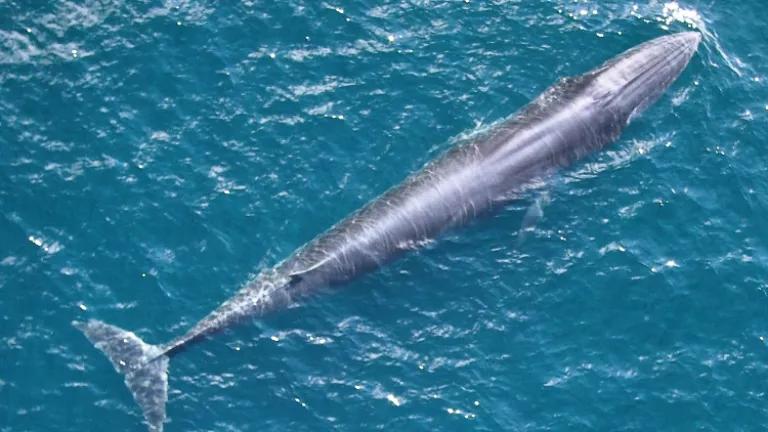

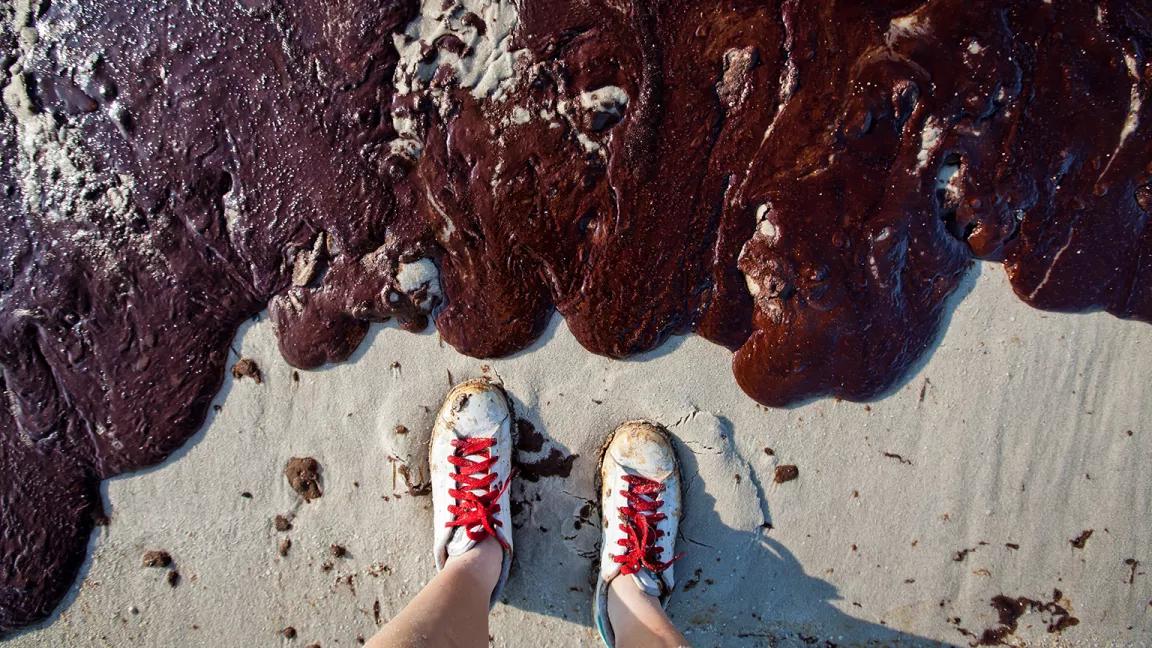
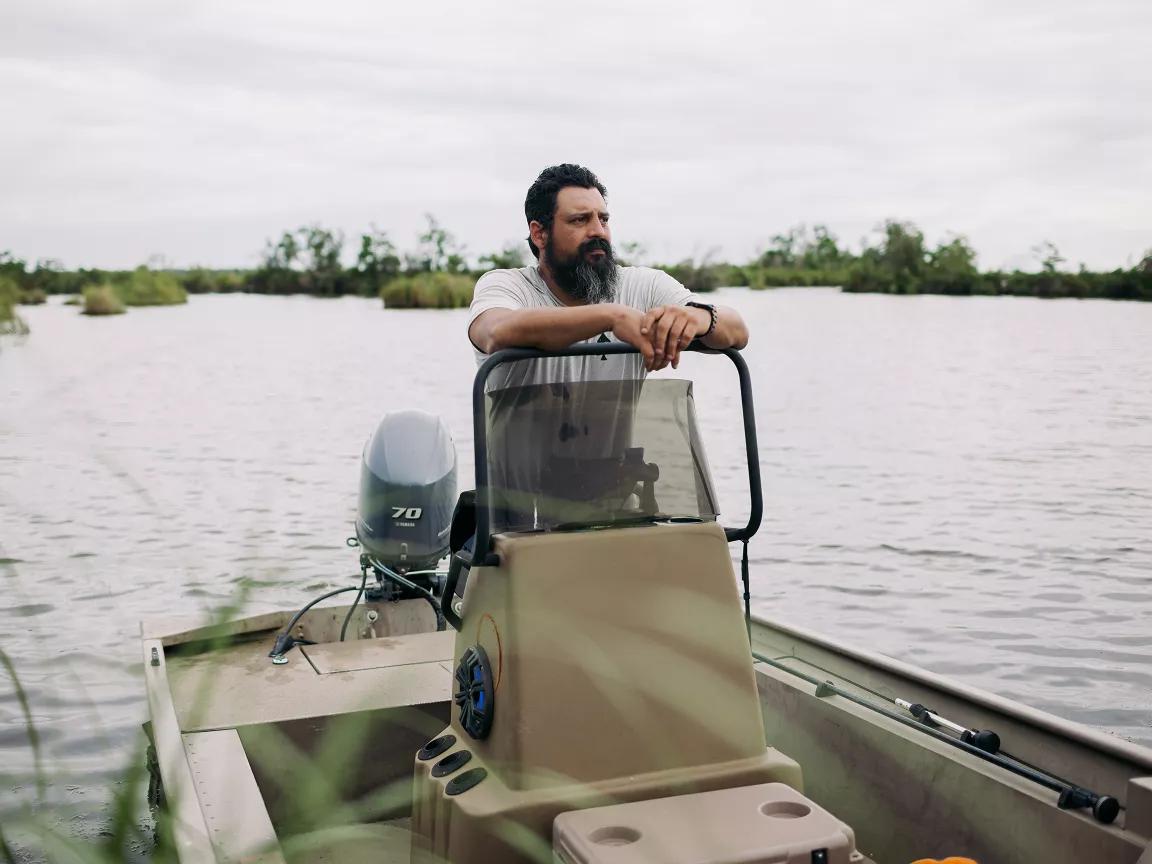
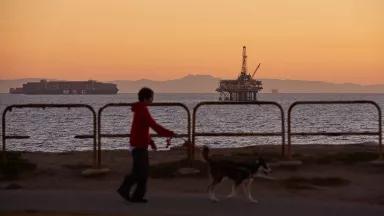
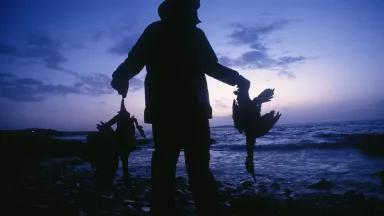
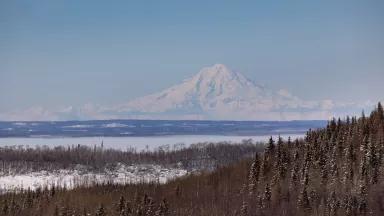
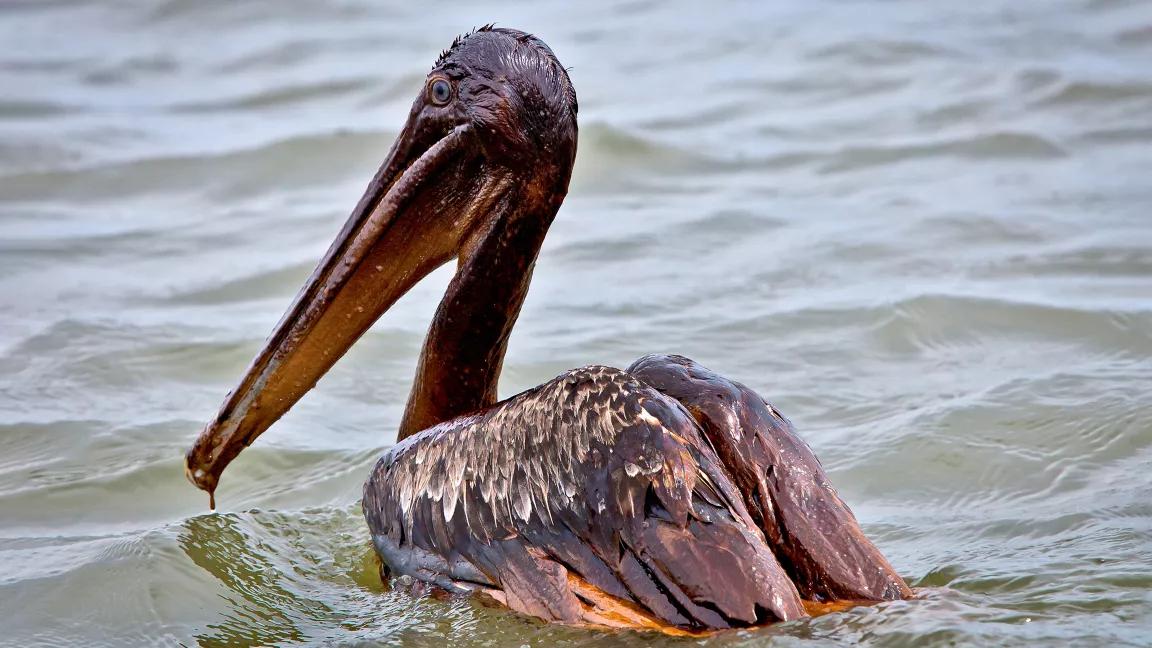
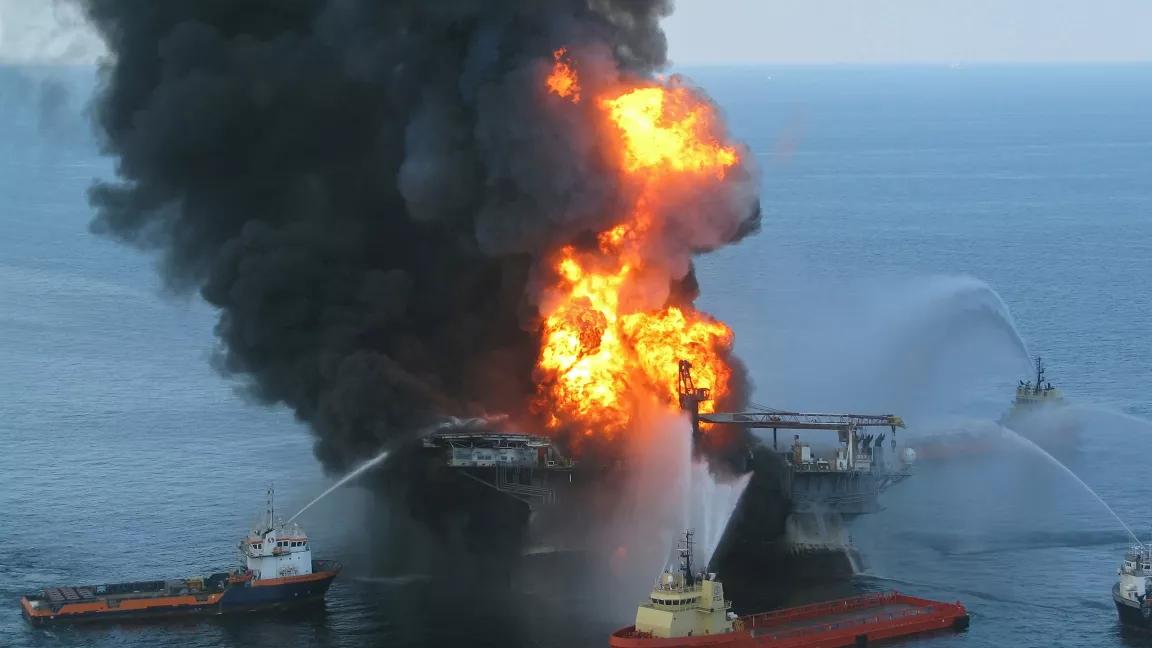
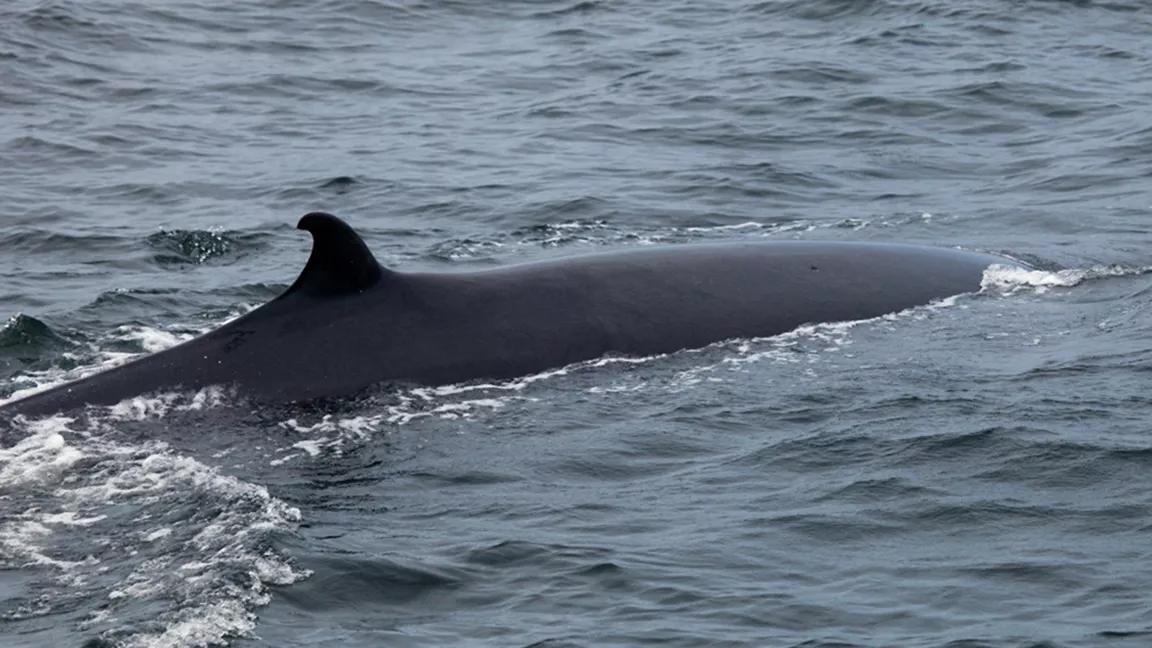
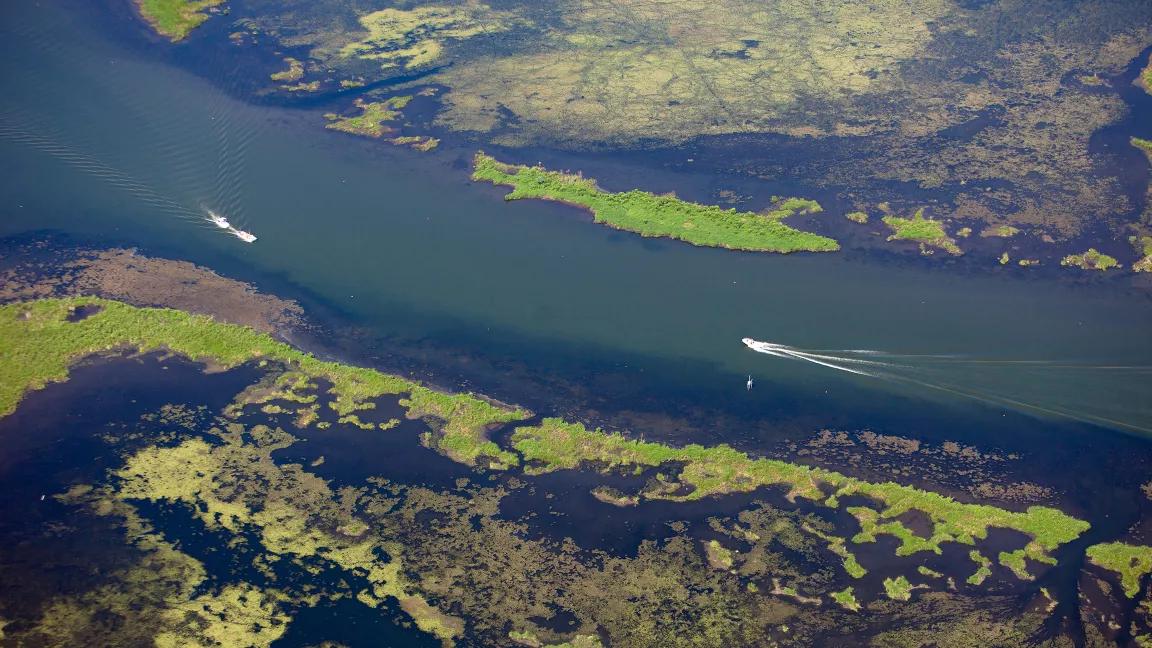

What We Learned from the BP Oil Disaster
Deb Haaland Is the Interior Secretary Our Country Needs
How Deep Were the Impacts of the BP Oil Disaster?